Opinion & Analysis
Top 5 wedges of all time

Wedges. They are the “trusted old friends” in our golf bags. They inspire confidence inside of 100 yards and help us get back on track when we hit a wayward approach.
There was a time not too long ago when a bunker was considered a true hazard, but over the last 80 years, as agronomy has evolved on the same trajectory as club an ball technology, wedges have changed a great deal along the way—from the first modern prototype wedge built by Gene Sarazen to clubs featuring various plating and coatings to increase spin and performance. There are a lot of wedge designs that have stood the test of time; their sole grinds, profiles from address, and performance bring back memories of great hole outs and recovery shots.
With so many variations of wedges in the history of golf (and so much parity), this is my top five list (in no particular order) of the most iconic wedges in golf history.
Original Gene Sarazen Wedge
Gene is famous for a lot of things: the career grand slam, the longest endorsement deal in professional sports history (75 years as a Wilson ambassador), the “shot heard around the world”, and as mentioned earlier—the creation of the modern sand wedge. Although not credited with the invention of the original “sand wedge” he 100 percent created the modern wedge with a steel shaft and higher bounce. A creation that developed from soldering mass to the sole and flange of what would be our modern-day pitching wedge. Born from the idea of a plane wing, thanks to a trip taken with Howard Hughes, we can all thank Mr. Sarazen for the help with the short shots around the green.
Wilson R90
The next evolution of the original Sarazen Design, the Wilson R90 was the very first mass-marketed sand wedge. Its design characteristics can still be seen in the profile of some modern wedges. Although many might not be as familiar with the R90, you would almost certainly recognize the shape, since it was very often copied by other manufacturers, in their wedge lines.
The R90 features a very rounded profile, high amount of offset, and a great deal of bounce in the middle of the sole, with very little camber. Although not as versatile as modern wedges because of the reduced curve from heel to toe, the R90 is still a force to be reckoned with in the sand.
Cleveland 588
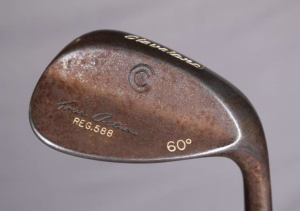
You know a name and design are classic when a company chooses to use the original notation more than 30 years after its initial release. The 588 was introduced as Cleveland’s fifth wedge design and came to market in 1988—which is how it got its name. Wedges were never the same after.
The brainchild of Roger Cleveland, the 588 was made from 8620 carbon steel—which patinad over time. Not unlike the Wilson before it, the 588 had a very traditional rounded shape with a higher toe and round leading edge. The other part of the design that created such versatility was the V-Sole (No, not the same as the Current Srixon), that offers a lot more heel relief to lower the leading edge as the face was opened up—this was the birth of the modern wedge grind.
Titleist Vokey Spin Milled

The wedge that launched the Vokey brand into the stratosphere. Spin-milled faces changed the way golfers look at face technology in their scoring clubs. From a humble club builder to a wedge guru, Bob Vokey has been around golf and the short game for a long time. The crazy thing about the Bob Vokey story is that it all started with one question: “who wants to lead the wedge team?” That was all it took to get him from shaping Titleist woods to working with the world’s best players to create high-performance short game tools.
Honorable mentions for design goes to the first 200 and 400 series wedge, which caught golfers’ eyes with their teardrop shape—much like the Cleveland 588 before it.
Ping Eye 2 Plus

What can you say? The unique wedge design that other OEMs continue to draw inspiration from it 30 years after its original conception. The Eye 2+ wedge was spawned from what is undoubtedly the most popular iron design of all time, which went through many iterations during its 10 years on the market—a lifecycle that is completely unheard of in today’s world of modern equipment.
A pre-worn sole, huge amount of heel and toe radius, and a face that screams “you can’t miss,” the true beauty comes from the way the hosel transitions into the head, which makes the club one of the most versatile of all time.
Check out my video below for more on why this wedge was so great.
Honorable mention: The Alien wedge
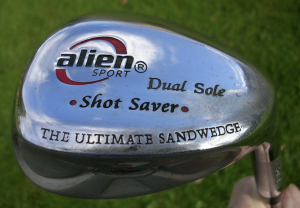
To this day, the Alien wedge is the number-one-selling single golf club of all time! Although I’m sure there aren’t a lot of people willing to admit to owning one, it did help a lot of golfer by simplifying the short game, especially bunker shots.
Its huge profile looked unorthodox, but by golly did it ever work! Designed to be played straight face and essentially slammed into the sand to help elevate the ball, the club did what it set out to do: get you out of the sand on the first try. You could say that it was inspired by the original Hogan “Sure-Out,” but along the way it has also inspired others to take up the baton in helping the regular high-handicap golfer get out of the sand—I’m looking at you XE1.
That’s my list, WRXers. What would you add? Let me know in the comments!
- LIKE331
- LEGIT36
- WOW14
- LOL10
- IDHT5
- FLOP8
- OB6
- SHANK72
Opinion & Analysis
Ryan: Why the race to get better at golf might be doing more harm than good

B.F. Skinner was one of the most important psychologists of the 20th century, developing the foundation of the development of reinforcement, and in doing so, creating the concept of behaviorism. In simple terms, this means that we are conditioned by our habits. In practical terms, it explains the divide between the few and far between elite instructors and college coaches.
To understand the application, let’s quickly review one of B.F. Skinner’s most important experiments; superstitions in the formation of behavior by pigeons. In this experiment, food was dispensed to pigeons at random intervals. Soon, according to Skinner, the pigeons began to associate whatever action they were doing at the time of the food being dispensed. According to Skinner, this conditioned that response and soon, they simply haphazardly repeated the action, failing to distinguish between cause and correlation (and in the meantime, looking really funny!).
Now, this is simply the best way to describe the actions of most every women’s college golf coach and too many instructors in America. They see something work, get positive feedback and then become conditioned to give the feedback, more and more, regardless of if it works (this is also why tips from your buddies never work!).
Go to a college event, particularly a women’s one, and you will see coaches running all over the place. Like the pigeons in the experiment, they have been conditioned into a codependent relationship with their players in which they believe their words and actions, can transform a round of golf. It is simply hilarious while being equally perturbing
In junior golf, it’s everywhere. Junior golf academies make a living selling parents that a hysterical coach and over-coaching are essential ingredients in your child’s success.
Let’s be clear, no one of any intellect has any real interest in golf — because it’s not that interesting. The people left, including most coaches and instructors, carve out a small fiefdom, usually on the corner of the range, where they use the illusion of competency to pray on people. In simple terms, they baffle people with the bullshit of pseudo-science that they can make you better, after just one more lesson.
The reality is that life is an impromptu game. The world of golf, business, and school have a message that the goal is being right. This, of course, is bad advice, being right in your own mind is easy, trying to push your ideas on others is hard. As a result, it is not surprising that the divorce rate among golf professionals and their instructors is 100 percent. The transfer rate among college players continues to soar, and too many courses have a guy peddling nefarious science to good people. In fact, we do at my course!
The question is, what impact does all this have on college-age and younger kids? At this point, we honestly don’t know. However, I am going to go out on a limb and say it isn’t good.
Soren Kierkegaard once quipped “I saw it for what it is, and I laughed.” The actions of most coaches and instructors in America are laughable. The problem is that I am not laughing because they are doing damage to kids, as well as driving good people away from this game.
The fact is that golfers don’t need more tips, secrets, or lessons. They need to be presented with a better understanding of the key elements of golf. With this understanding, they can then start to frame which information makes sense and what doesn’t. This will emancipate them and allow them to take charge of their own development.
- LIKE12
- LEGIT3
- WOW1
- LOL2
- IDHT0
- FLOP1
- OB0
- SHANK10
19th Hole
Vincenzi’s 2024 Valspar Championship betting preview: Elite ballstrikers to thrive at Copperhead

The PGA TOUR will stay in Florida this week for the 2024 Valspar Championship.
The Copperhead Course at Innisbrook Resort is a par 71 measuring 7,340 yards and features Bermudagrass greens overseeded with POA. Infamous for its difficulty, the track will be a tough test for golfers as trouble lurks all over the place. Holes 16, 17 and 18 — also known as the “Snake Pit” — make up one of the toughest three-hole stretches in golf and should lead to a captivating finish on Sunday.
The field is comprised of 156 golfers teeing it up. The field this week is solid and is a major improvement over last year’s field that felt the impact of players skipping due to a handful of “signature events” in a short span of time.
Past Winners at Valspar Championship
- 2023: Taylor Moore (-10)
- 2022: Sam Burns (-17)
- 2021: Sam Burns (-17)
- 2019: Paul Casey (-8)
- 2018: Paul Casey (-10)
- 2017: Adam Hadwin (-14)
- 2016: Charl Schwartzel (-7)
- 2015: Jordan Spieth (-10)
In this article and going forward, I’ll be using the Rabbit Hole by Betsperts Golf data engine to develop my custom model. If you want to build your own model or check out all of the detailed stats, you can sign up using promo code: MATTVIN for 25% off any subscription package (yearly is best value).
Key Stats For Copperhead
1. Strokes Gained: Approach
Strokes Gained: Approach grades out as the most important statistic once again this week. Copperhead really can’t be overpowered and is a second-shot golf course.
Total SG: Approach Over Past 24 Rounds (per round)
- Tony Finau (+.90)
- Nick Taylor (+.81)
- Justin Thomas (+.77)
- Greyson Sigg (+.69)
- Christiaan Bezuidenhout (+.67)
2. Good Drive %
The long hitters can be a bit limited here due to the tree-lined fairways and penal rough. Playing from the fairways will be important, but laying back too far will cause some difficult approaches with firm greens that may not hold shots from long irons.
Golfers who have a good balance of distance and accuracy have the best chance this week.
Good Drive % Over Past 24 Rounds
- Brice Garnett (+91.3%)
- Zach Johnson (+91.1%)
- Sam Ryder (+90.5%)
- Ryan Moore (+90.4%)
- Aaron Rai (+89.7%)
3. Strokes Gained: Ball Striking
Adding ball-striking puts even more of a premium on tee-to-green prowess in the statistical model this week. Golfers who rank highly in ball-striking are in total control of the golf ball which is exceedingly important at Copperhead.
SG: Ball Striking Over Past 24 Rounds:
- Xander Schauffele (+1.32)
- Keith Mitchell (+1.29)
- Tony Finau (+1.24)
- Cameron Young (+1.17)
- Doug Ghim (+.95)
4. Bogey Avoidance
With the conditions likely to be difficult, avoiding bogeys will be crucial this week. In a challenging event like the Valspar, oftentimes the golfer who is best at avoiding mistakes ends up on top.
Gritty golfers who can grind out difficult pars have a much better chance in an event like this than a low-scoring birdie-fest.
Bogey Avoidance Over Past 24 Rounds
- Brice Garnett (+9.0)
- Xander Schauffele (+9.3)
- Austin Cook (+9.7)
- Chesson Hadley (+10.0)
- Greyson Sigg (+10.2)
5. Strokes Gained: Total in Difficult Conditions
Conditions will be tough this week at Copperhead. I am looking for golfers who can rise to the occasion if the course plays as difficult as it has in the past.
Strokes Gained: Total in Difficult Conditions Over Past 24 rounds
- Xander Schauffele (+1,71)
- Min Woo Lee (+1.39)
- Cameron Young (+1.27)
- Jordan Spieth (+1.08)
- Justin Suh (+.94)
6. Course History
That statistic will tell us which players have played well at Copperhead in the past.
Course History Over Past 24 rounds
- Patrick Cantlay (+3.75)
- Sam Burns (+2.49)
- Davis Riley (+2.33)
- Matt NeSmith (+2.22)
- Jordan Spieth (+2.04)
The Valspar Championship Model Rankings
Below, I’ve compiled overall model rankings using a combination of the five key statistical categories previously discussed — SG: Approach (27%), Good Drive % (15%), SG: BS (20%), Bogeys Avoided (13%), Course History (13%) Strokes Gained: Total in Difficult Conditions (12%).
- Xander Schauffele
- Doug Ghim
- Victor Perez
- Greyson Sigg
- Ryan Moore
- Tony Finau
- Justin Thomas
- Sam Ryder
- Sam Burns
- Lucas Glover
2024 Valspar Championship Picks
Justin Thomas +1400 (DraftKings)
Justin Thomas will be disappointed with his finish at last week’s PLAYERS Championship, as the past champion missed the cut despite being in some decent form heading into the event. Despite the missed cut, JT hit the ball really well. In his two rounds, the two-time major champion led the field in Strokes Gained: Approach per round.
Thomas has been up and down this season. He’s missed the cut in two “signature events” but also has finishes of T12 at the Arnold Palmer Invitational, T12 at the Waste Management Phoenix Open, T6 at the Pebble Beach AT&T Pro-Am and T3 at the American Express. In his past 24 rounds, he ranks 3rd in the field in Strokes Gained: Approach and 6th in Strokes Gained: Ball Striking in the field.
Thomas loves Copperhead. In his last three tries at the course, he’s finished T13, T3 and T10. Thomas would have loved to get a win at a big event early in the season, but avoidable mistakes and a balky putter have cost him dearly. I believe a trip to a course he loves in a field he should be able to capitalize on is the right recipe for JT to right the ship.
Christiaan Bezuidenhout +6000 (FanDuel)
Christiaan Bezuidenhout is playing spectacular golf in the 2024 season. He finished 2nd at the American Express, T20 at Pebble Beach and T24 at the Genesis Invitational before finishing T13 at last week’s PLAYERS Championship.
In his past 24 rounds, the South African ranks 3rd in the field in Strokes Gained: Approach and 26th in Strokes Gained: Ball Striking. Bezuidenhout managed to work his way around TPC Sawgrass last week with minimal damage. He only made five bogeys in the entire week, which is a great sign heading into a difficult Copperhead this week.
Bezuidenhout is winless in his PGA Tour career, but certainly has the talent to win on Tour. His recent iron play tells me that this week could be a breakthrough for the 35-year-old who has eyes on the President’s Cup.
Doug Ghim +8000 (FanDuel)
Doug Ghim has finished in the top-16 of his past five starts. Most recently, Ghim finished T16 at The PLAYERS Championship in a loaded field.
In his past 24 rounds, Ghim ranks 8th in Strokes Gained: Approach and 5th in Strokes Gained: Ball Striking. In terms of his fit for Copperhead, the 27-year-old ranks 12th in Bogey Avoidance and 7th in Strokes Gained: Total in Difficult Conditions, making him a great fit for the course.
Ghim has yet to win on Tour, but at one point he was the top ranked Amateur golfer in the world and played in the 2017 Arnold Palmer Cup and 2017 Walker Cup. He then won the Ben Hogan award for the best male college golfer in 2018. He certainly has the talent, and there are signals aplenty that his talent in ready to take him to the winner’s circle on the PGA Tour.
Sepp Straka +8000 (BetRivers)
Sepp Straka is a player who’s shown he has the type of game that can translate to a difficult Florida golf course. The former Presidents Cup participant won the 2022 Honda Classic in tough conditions and should thrive with a similar test at Copperhead.
It’s been a slow 2024 for Straka, but his performance last week at the PLAYERS Championship surely provides some optimism. He gained 5.4 strokes on approach as well as 1.88 strokes off the tee. The tee-to-green game Straka showed on a course with plenty of danger demonstrates that he can stay in control of his golf ball this week.
It’s possible that the strong performance last week was an outlier, but I’m willing to bet on a proven winner in a weaker field at a great number.
Victor Perez +12000 (FanDuel)
Victor Perez is no stranger to success in professional golf. The Frenchman has three DP World Tour wins including a Rolex Series event. He won the 2019 Alfred Dunhill Links Championship, as well as the 2023 Abu Dhabi HSBC Championship, which are some big events.
Perez earned his PGA Tour card this season and enters the week playing some fantastic golf. He finished in a tie for 16th in Florida at the Cognizant Classic and then tied for third in his most recent start at the Puerto Rico Open.
In his past 24 rounds in the field, Perez ranks 11th in Strokes Gained: Approach, 1oth in Strokes Gained: Ball Striking, 6th in Good Drive % and 15th in Bogey Avoidance.
Perez comes in as a perfect fit for Copperhead and offers serious value at triple-digit odds.
- LIKE16
- LEGIT3
- WOW2
- LOL1
- IDHT0
- FLOP1
- OB2
- SHANK6
Opinion & Analysis
Myrtle Beach, Explored: February in South Carolina
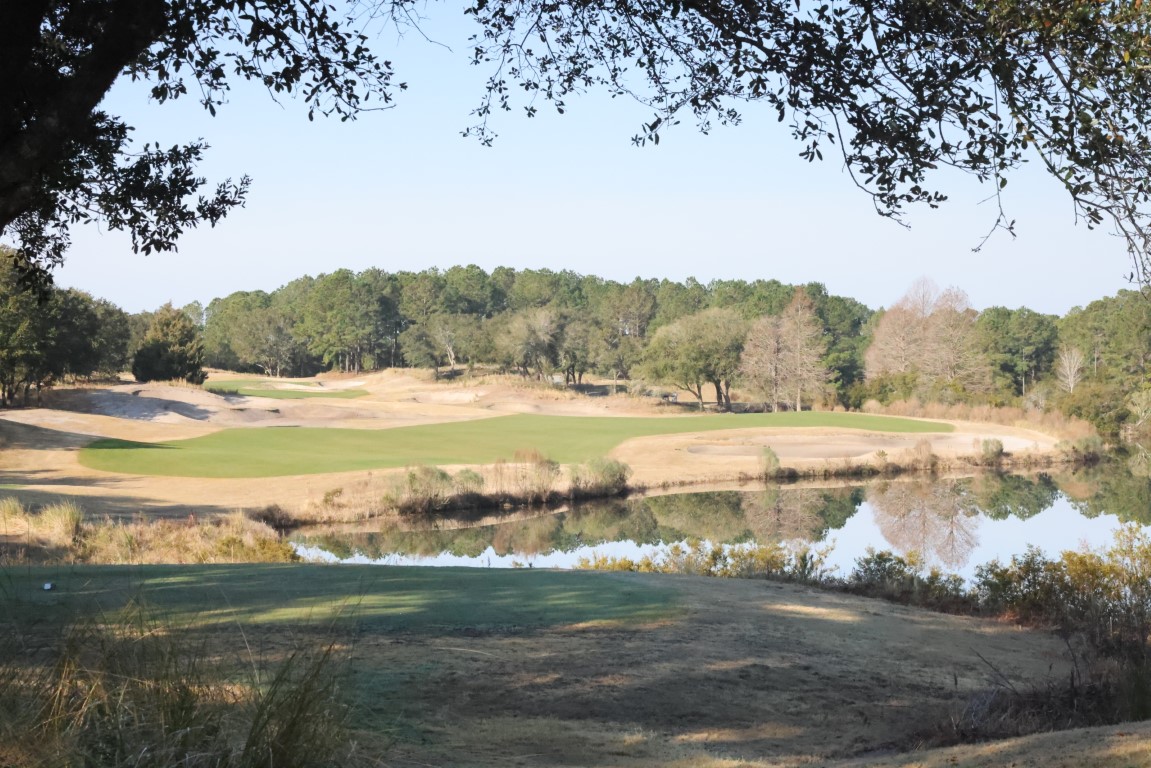
As I gain in experience and age, and familiarity breeds neither contempt nor disdain, I understand why people return to a place. A destination like Myrtle Beach offers a sizable supply and diversity of restaurants, entertainment venues, and shops that are predicated on the tenets of the service industry. Greet your customers with a smile and a kind word, and they will find comfort and assurance. Provide them with a memorable experience and they will suggest your place of business to others.
My first tour of Myrtle Beach took place in the mid-1980s, and consisted of one course: Gator Hole. I don’t remember much from that day, and since Gator Hole closed a decade later, I cannot revisit it to recollect what I’d lost. Since then, I’ve come to the Grand Strand a few times, and been fortunate to never place a course more than once. I’ve seen the Strantz courses to the south and dipped my toe in the North Carolina courses of Calabash. I’ve been to many in the middle, including Dunes, Pine Lakes, Grande Dunes among them.
2024 brought a quartet of new courses, including two at the Barefoot Resort. I’d heard about the North Myrtle Beach four-pack of courses that highlight the Barefoot property, including layouts from Pete Dye, Tom Fazio, Davis Love III, and Greg Norman. I had the opportunity to play and shoot the Dye and Fazio tracks, which means that I’ll have to return to see the other two. Sandwiched between them were the TPC-Myrtle Beach course, also from Tom Fazio, and the Pawley’s Plantation trace, by the hand of Jack Nicklaus. I anticipated a bit of the heroic, and bit of the strategic, and plenty of eye candy. None of those architects would ever be considered a minimalist, so there would be plenty of in-play and out-of-play bunkers and mounds to tantalize the senses.
My nephew arrived a few days early, to screen a few more courses. As a result, you the reader will have an extra quarter of mini-reviews, bringing the total of courses in this piece to eight. It was inconceivable that CJR would play four courses that I had never played nor photographed, but that was the case. His words appear at the end of this piece. We hope that you enjoy the tour.
Main Feature: Two Barefoots, a TPC, and Pawley’s Plantation
What Paul “Pete” Dye brought back from his trips to the United Kingdom, hearkened back to what C.B. MacDonal did, some 65 years prior. There is a way of finding bunkers and fairways, and even green sites, that does not require major industrial work. The Dye course at Barefoot Resorts takes you on a journey over the rumpled terrain of distant places. If there’s one element missing, it’s the creased and turbulent fairways, so often found in England and Ireland. The one tenet of playing a Dye course, is to always aim away from temptation, from where your eyes draw you. Find the safe side of the target, and you’ll probably find your ball. It then stands that you will have a shot for your next attempt. Cut the corner, and you might have need to reload. The Barefoot course begins gently, in terms of distance, but challenges with visual deception. After two brief 4s and a 3, the real work begins. The course is exposed enough, to allow the coastal winds to dance along the fairways. Be ready to keep the ball low and take an extra club or two.
If memory serves, TPCMB is my first trek around a TPC-branded course. It had all the trappings of a tour course, from the welcome, through the clubhouse, to the practice facilities and, of course, the course. TPC-Myrtle Beach is a Tom Fazio design, and if you never visit Augusta National, you’ll now have an idea of what it is like. You play Augusta’s 16th hole twice at TPCMB, and you enjoy it both times. Fazio really likes the pond-left, green-angle-around par three hole, and his two iterations of it are memorable.
You’ll also see those Augusta bunkers, the ones with the manicured edges that drop into a modestly-circular form. What distinguishes these sand pits is the manner in which they rise from the surrounding ground. They are unique in that they don’t resemble the geometric bunkering of a Seth Raynor, nor the organic pits found in origin courses. They are built, make no mistake, and recovery from them is manageable for all levels of bunker wizardry.
If you have the opportunity to play the two Tom Fazio courses back to back, you’ll notice a marked difference in styling. Let me digress for a moment, then circle back with an explanation. It was written that the NLE World Woods course designed by Fazio, Pine Barrens, was an homage to Pine Valley, the legendary, New Jersey club where Fazio is both a member and the architect on retainer. The Pine Barrens course was plowed under in 2022, so the homage no longer exists. At least, I didn’t think that it existed, until I played his Barefoot Resort course in North Myrtle Beach.
Pine Valley might be described as an aesthetic of scrub and sand. There are mighty, forced carries to travers, along with sempiternal, sandy lairs to avoid. Barefoot Fazio is quite similar. If you’re not faced with a forced carry, you’ll certainly contend with a fairway border or greenside necklace of sand. When you reach the 13th tee, you’ll face a drive into a fairway, and you might see a distant green, with a notable absence: flagstick. The 13th is the icing on the homage cake, a callout of the 8th hole at Pine Valley. Numero Ocho at the OG has two greens, side by side, and they change the manner in which the hole plays (so they say.) At Barefoot Fazio, the right-side green is a traditional approach, with an unimpeded run of fairway to putting surface. The left-side green (the one that I was fortunate to play) demands a pitch shot over a wasteland. It’s a fitting tribute for the rest of us to play.
Be certain to parrot the starter, Leon’s, advice, and play up a deck of tees. Barefoot Fazio offers five par-three holes, so the fours and fives play that much longer. Remember, too, that you are on vacation. Why not treat yourself to some birdie looks?
The Jack Nicklaus course at Pawley’s Plantation emerged from a period of hibernation in 2024. The greens were torn up and their original contours were restored. Work was overseen by Troy Vincent, a member of the Nicklaus Architecture team. In addition, the putting corridors were reseeded with a hardier, dwarf bermuda that has experienced great success, all along the Grand Strand that is Myrtle Beach.
My visit allowed me to see the inward half first, and I understand why the resort wishes to conclude your day on those holes. The front nine of Pawley’s Plantation works its way through familiar, low country trees and wetlands. The back nine begins in similar fashion, then makes its way east, toward the marsh that separates mainland from Pawley’s Island. Recalling the powerful sun of that Wednesday morning, any round beginning on the second nine would face collateral damage from the warming star. Much better to hit holes 11 to close when the sun is higher in the sky.
The marshland holes (12 through 17) are spectacular in their raw, unprotected nature. The winds off the Atlantic are unrelenting and unforgiving, and the twin, par-three holes will remain in your memory banks for time’s march. In typical Golden Bear fashion, a majority of his putting targets are smallish in nature, reflecting his appreciation for accurate approach shots. Be sure to find the forgiving side of each green, and err to that portion. You’ll be grateful.
Bonus Coverage: Myrtlewood, Beechwood, Arrowhead, and King’s North
Arrowhead (Raymond Floyd and Tom Jackson)
A course built in the middle of a community, water threatens on most every hole. The Cypress 9 provides a few holes forcing a carried drive then challenge you with water surrounding the green. On Waterway, a drivable 2nd hole will tempt most, so make sure the group ahead has cleared the green.
Myrtlewood (Edmund Alt and Arthur Hills) and Beechwood (Gene Hamm)
A middle of the winter New Englander’s paradise. Wide open fairways, zero blind shots and light rough allow for shaking off the rust and plenty of forgiveness. A plethora of dog legs cause one to be cautious with every tee shot. Won’t break the bank nor the scorecard.
King’s North @ Myrtle Beach National (Arnold Palmer)
- LIKE2
- LEGIT0
- WOW0
- LOL0
- IDHT0
- FLOP1
- OB0
- SHANK1
-

 Whats in the Bag3 weeks ago
Whats in the Bag3 weeks agoScottie Scheffler WITB 2024 (March)
-
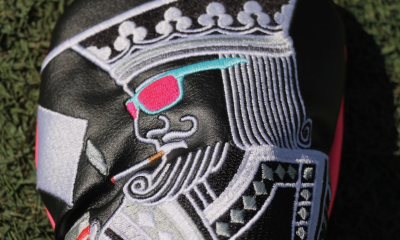
 Tour Photo Galleries3 weeks ago
Tour Photo Galleries3 weeks agoPhotos from the 2024 Arnold Palmer Invitational
-
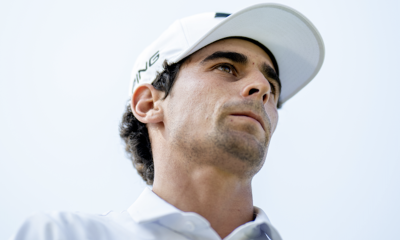
 19th Hole3 weeks ago
19th Hole3 weeks agoJoaquin Niemann names 3 PGA Tour events he’d love to play each year ‘in a perfect world’
-

 Equipment3 weeks ago
Equipment3 weeks agoSpotted: Bettinardi irons at the Arnold Palmer Invitational
-

 19th Hole3 weeks ago
19th Hole3 weeks agoPaulina Gretzky opens up on receiving death threats following DJ’s move to LIV Golf
-

 19th Hole3 weeks ago
19th Hole3 weeks agoVincenzi’s 2024 Arnold Palmer Invitational betting preview: Big names ready to pounce at Bay Hill
-
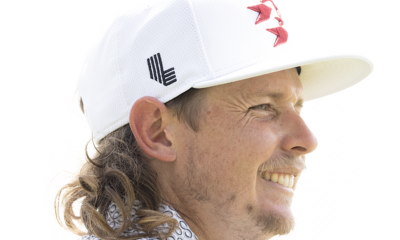
 19th Hole3 weeks ago
19th Hole3 weeks agoVincenzi’s LIV Golf Hong Kong betting preview: Trio of major champs primed for big week
-

 19th Hole4 days ago
19th Hole4 days ago2-time major champ announces shock retirement from the sport at age of 33

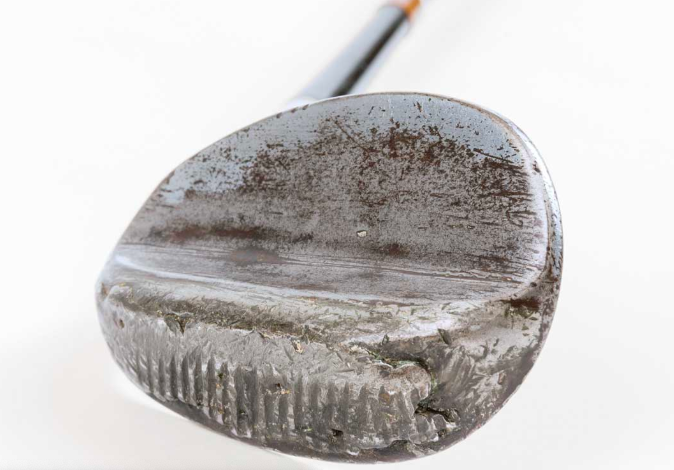



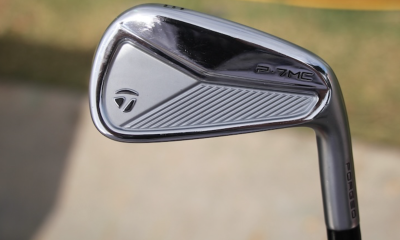









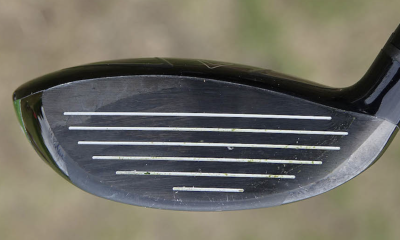

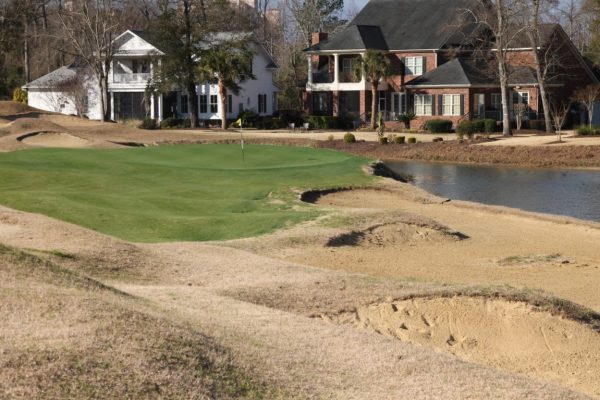
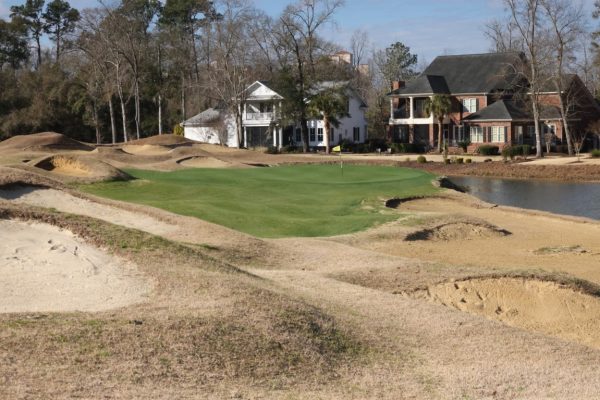
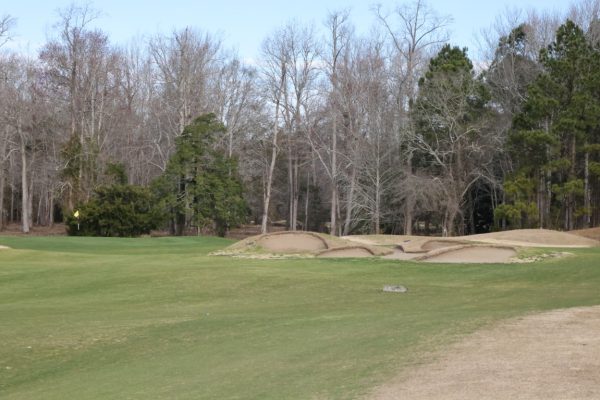
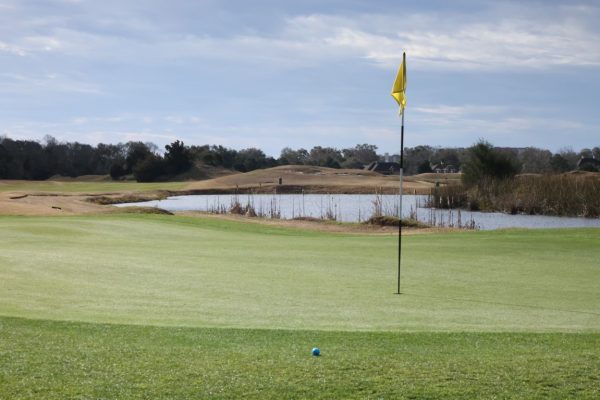
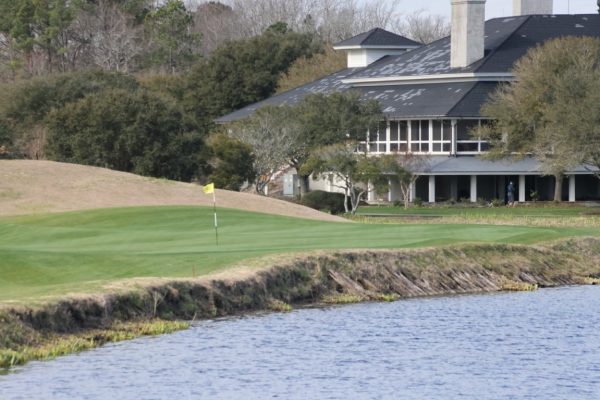
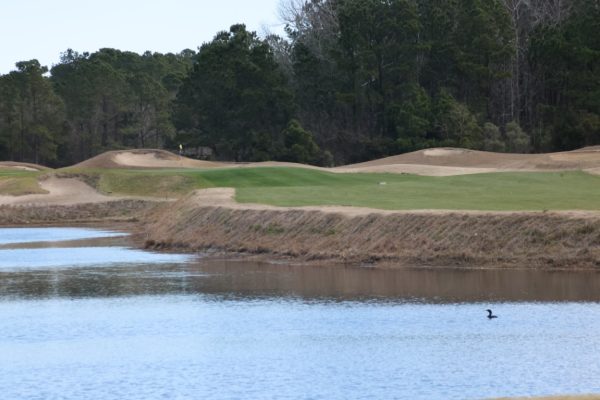
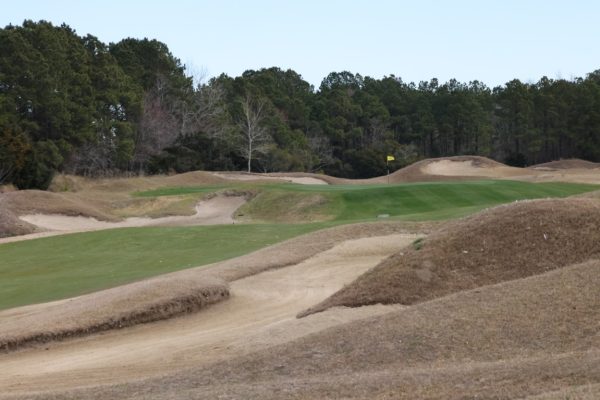
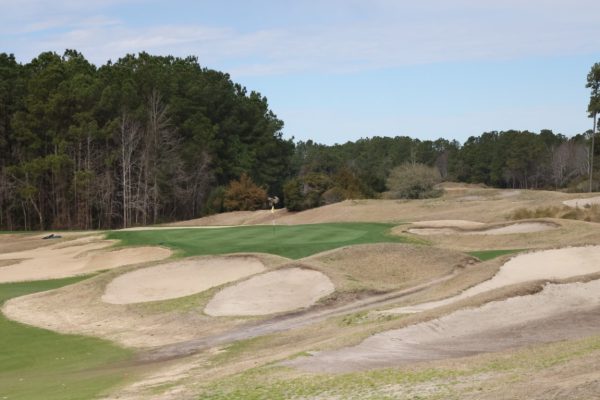
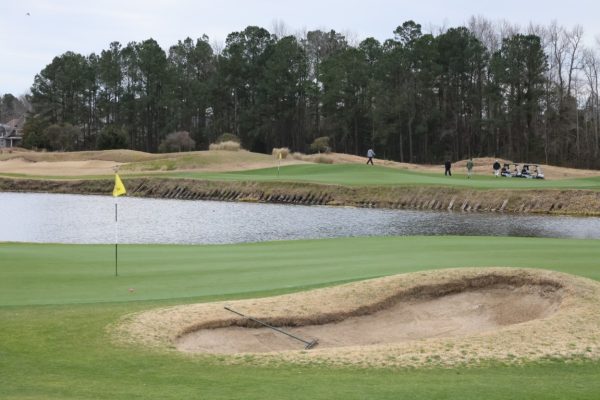

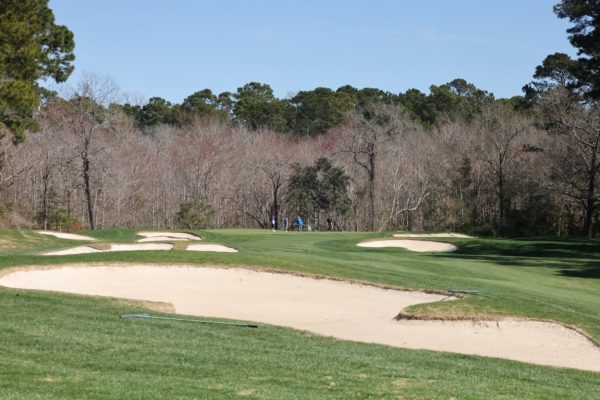
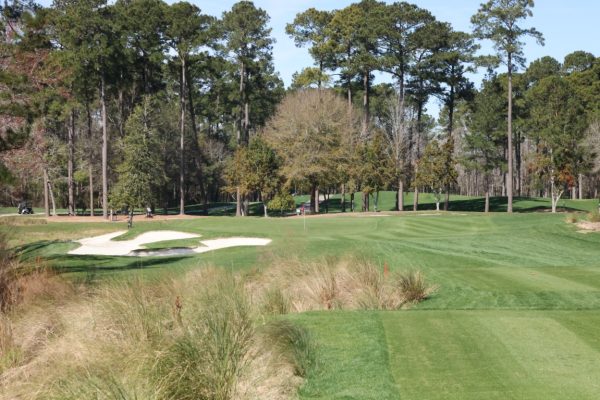
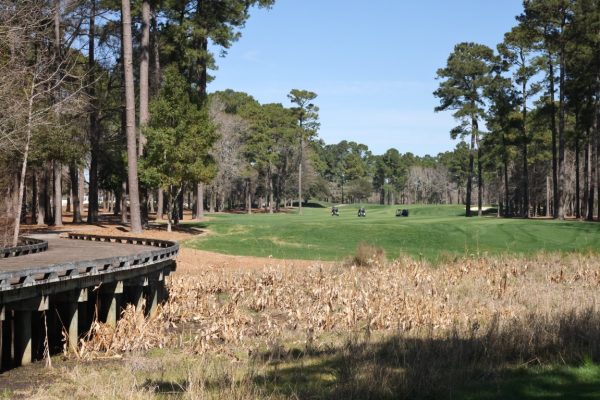
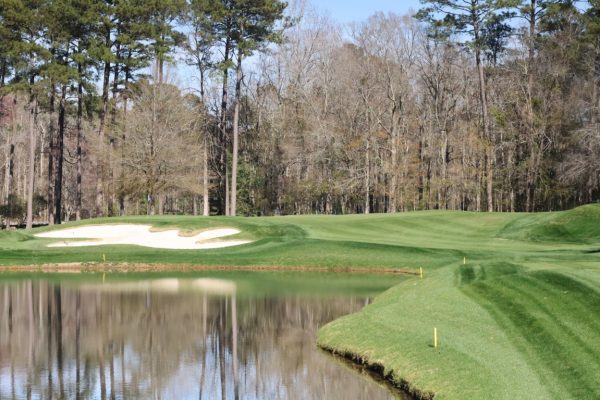
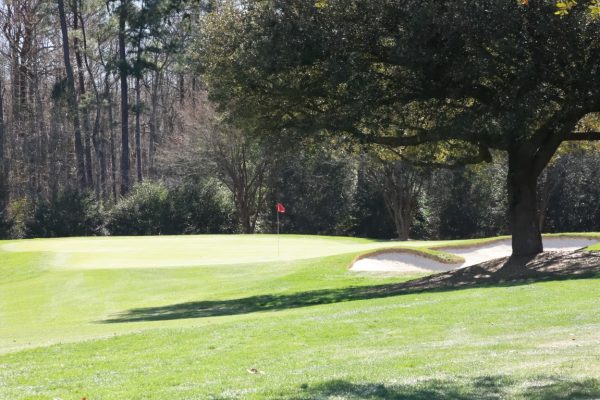
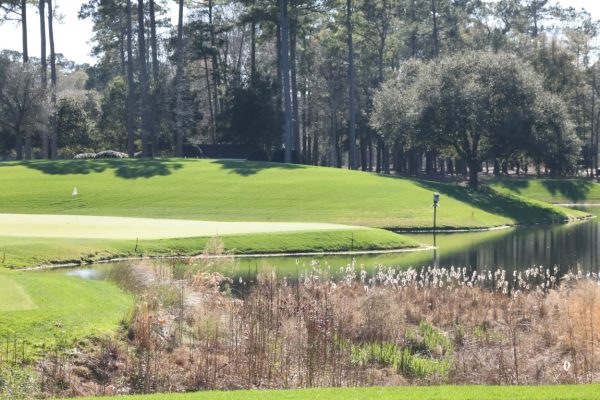
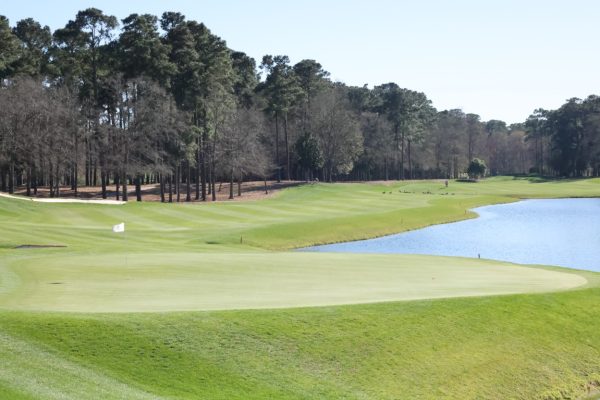
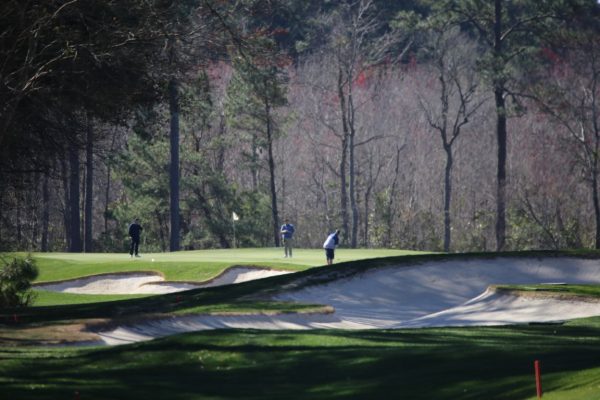
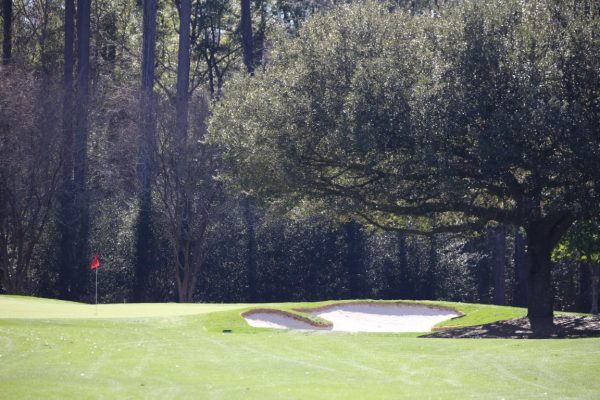
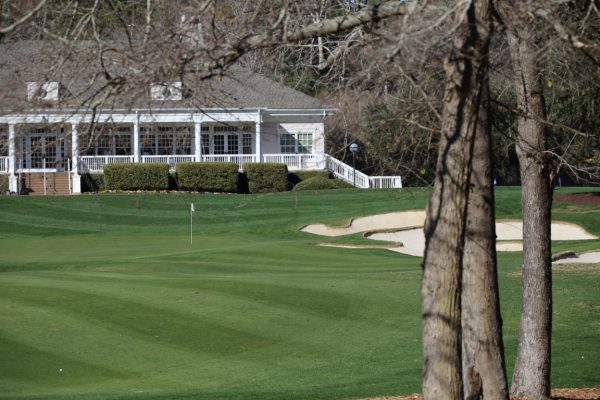
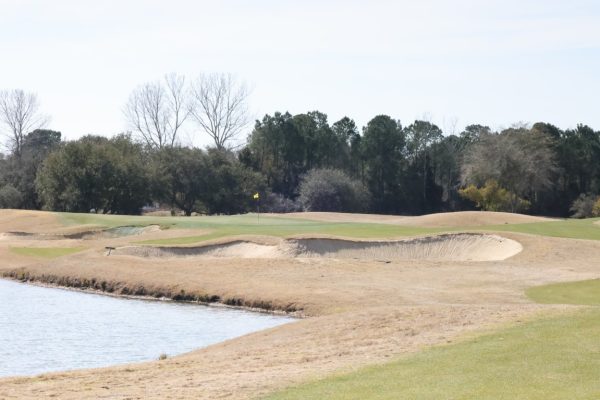
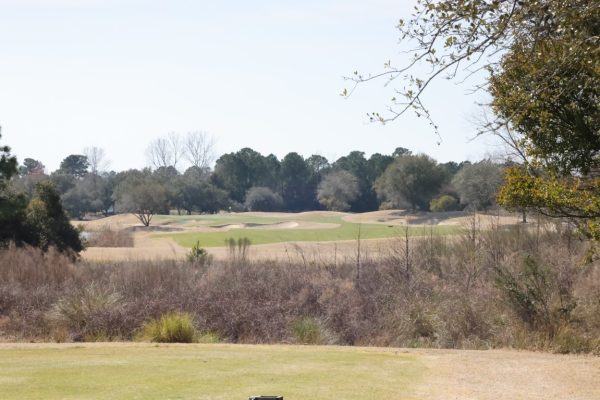
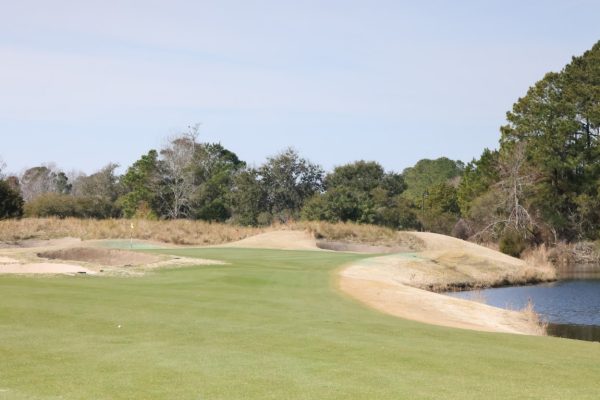
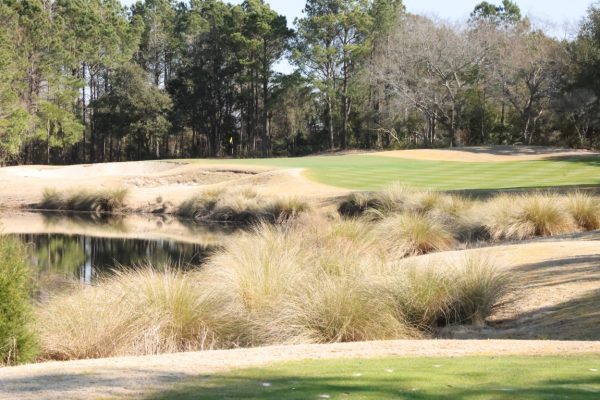
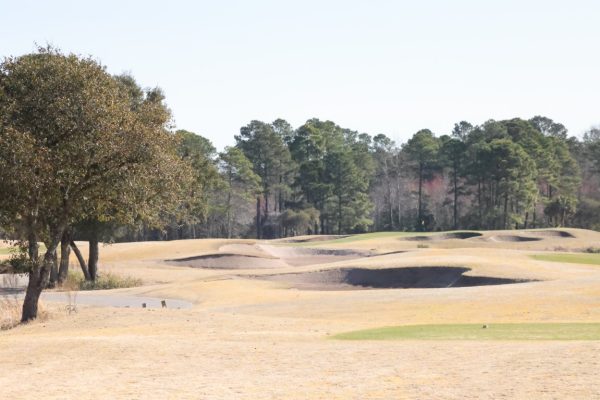

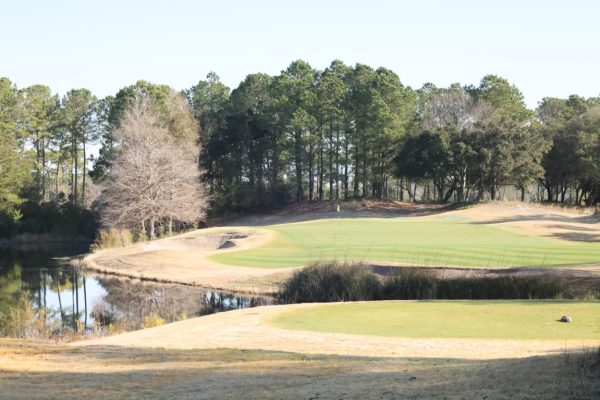
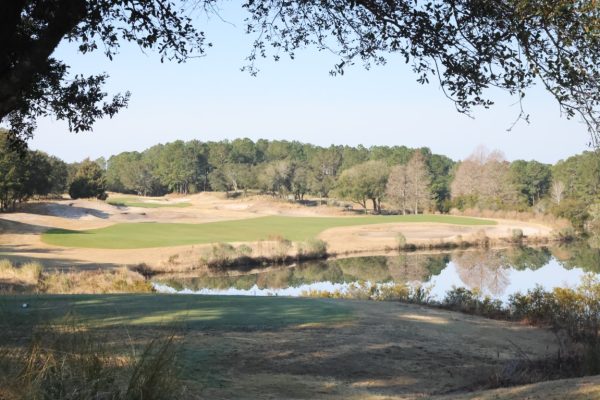
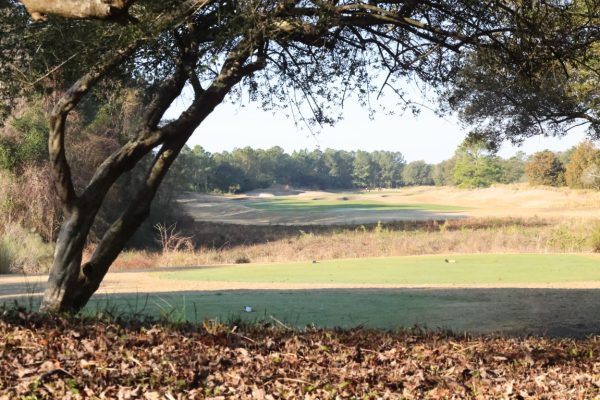
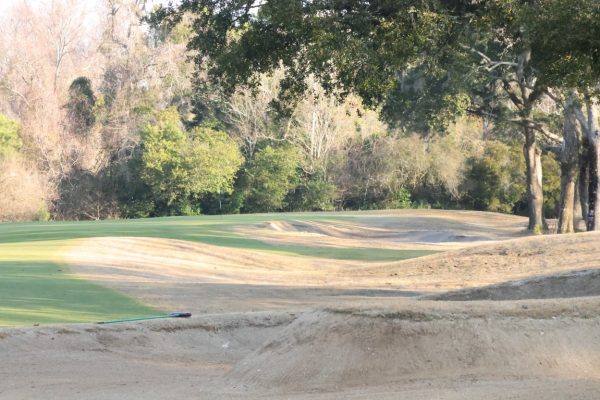
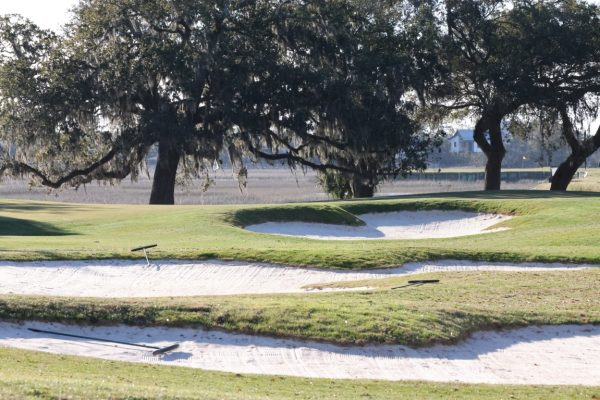
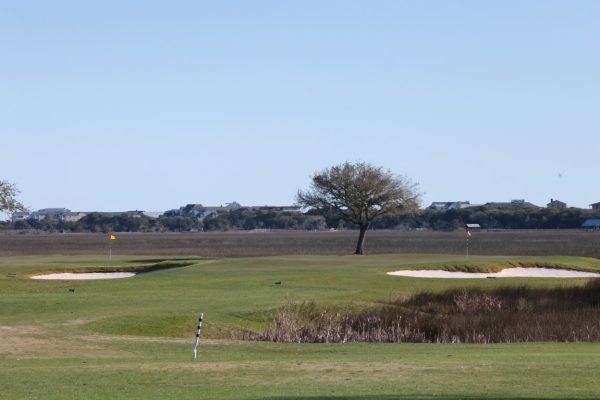
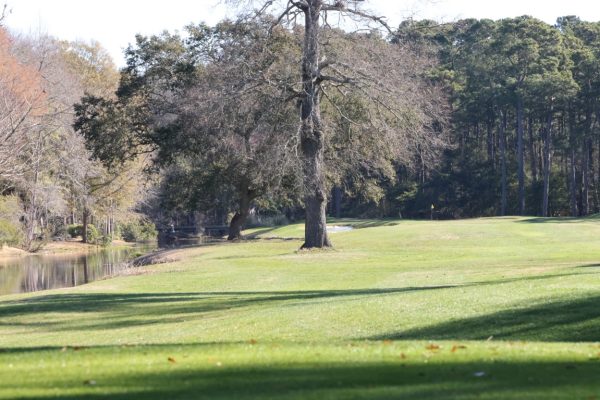
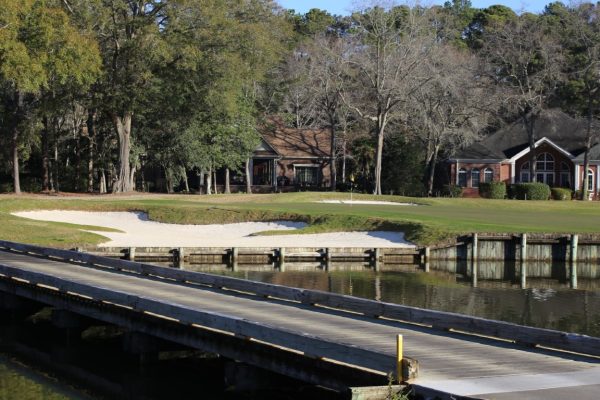
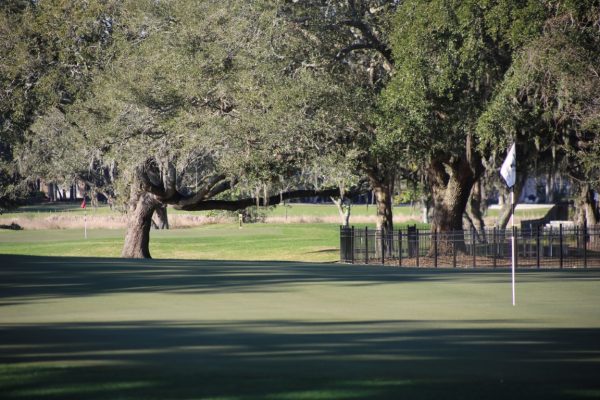
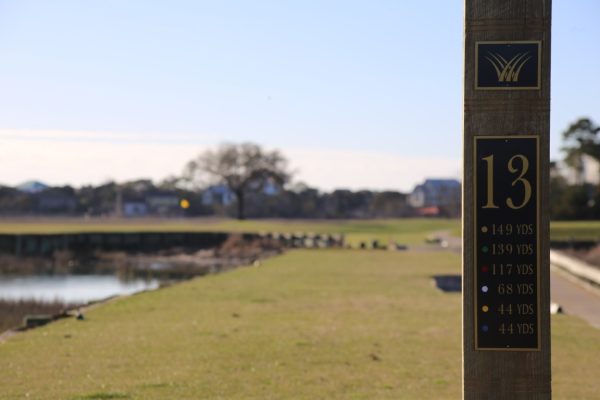
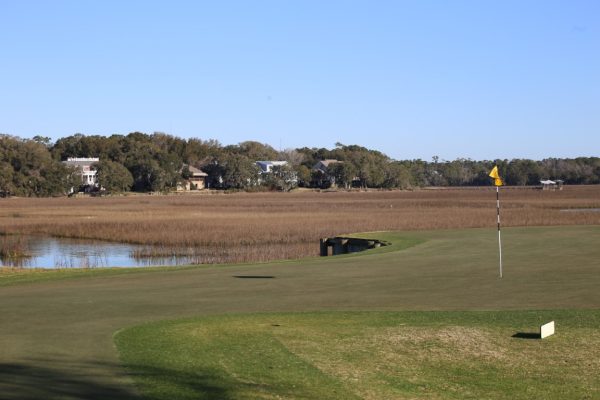
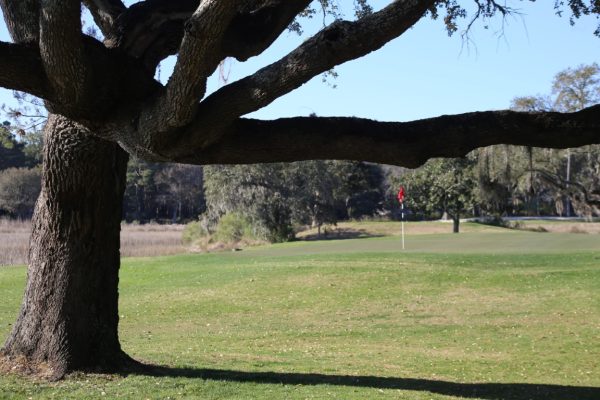
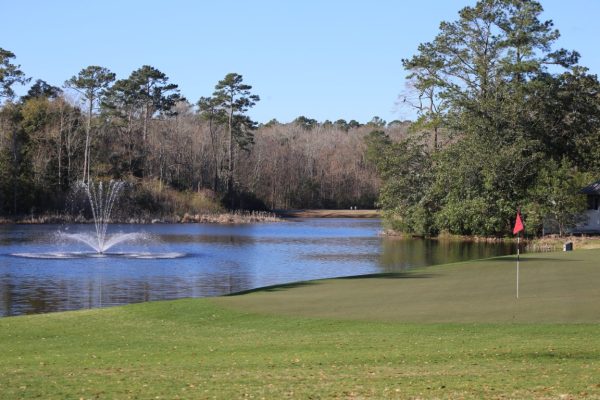
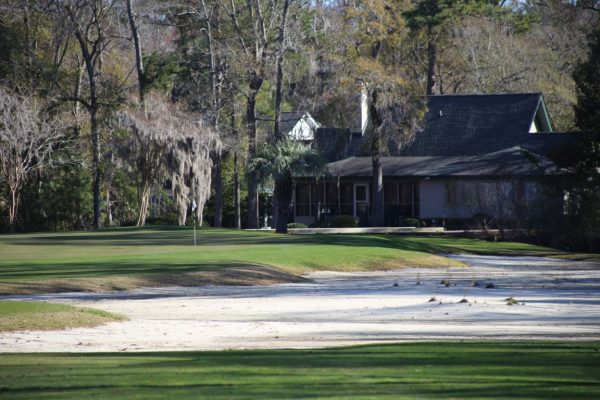









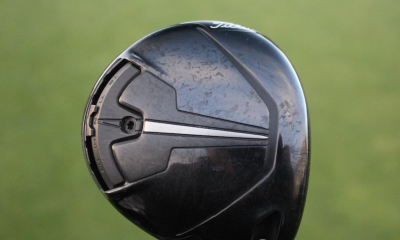



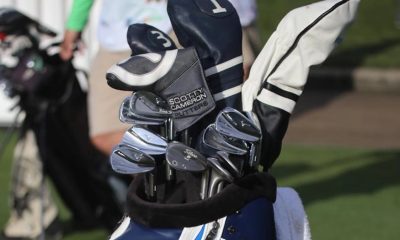

A. Young
Nov 4, 2023 at 11:41 pm
I had a Wilson R90 with the brown steel shaft growing up and totally agree. It was an awesome club. I still have a set of OG Cleveland 588’s from the tour van. I bought some new old stock heads that Cleveland made for the pros in preparation for the new groove rule. They’re the OG 588’s but with Tour Zip Grooves. I have had tour issue Vokey’s, Vokey TVD’s etc and nothing compares to the forged 588’s.
Buckeye
Sep 14, 2019 at 7:56 am
MacGregor “Dual Purpose” in the 50s-60s, with a groove in the center of the sole. You have to be of a certain age to have experienced it. And perhaps from Ohio. I’m sure Nicklaus would have had one.
slypanther
Sep 9, 2019 at 5:58 pm
The announcers are ill informed of the history of golf club technology, the audio is C**P, I would rather read the content as I do not have an hour of time in a day to just sit down and try to understand the commentators. I view WRX less and less as you have forced the majority of new content onto these podcasts. If I do not see a shift back to print media, soon, I will cancel my subscription status and look to Golf Digest/Monthly/World for info I desire about the golf industry
Dan W
Sep 2, 2019 at 8:37 am
Growing up, all “players” either had an eye 2 or the 588 and usually accompanied with mizuno blades, eye 2 irons, or DCI 762. The small tour prefereed TM woods, a copper anser or zing 2 putter and the loose bodied Ping bag with legs.
My bag in high school:
Tm tour preferred burner 7.5 and 15 deg
Ping eye 2 beCu 2-pw
588 56 deg
Copper ping zing 2 putter
That ping bag.
Saddle foot joy with old school metal spinks
Tour edition ball.
Just typing this up gives me a thick fat nostalga sandwich to chew on. Good times. I would love to recreate the whole set, ball included and go play onc last time with them.
Tim Armington
Sep 4, 2019 at 10:06 pm
You just described me!!!!
Dan W
Sep 8, 2019 at 2:21 am
Unbelievable, my bag was exactly the same but originally I had the copper 588, then the RTG. Dynamic Gold s-300 in the woods. Pings had zz lites and were black dot bent by ping from orange because they were hand me downs from my short grandpa. Found the putter broken in half in the garbage can in front of the pro shop. Soaked it in coke , reshafted it with an x-100 wedge shaft and loads of lead tape on the bottom. Top 2 putters I ever used. I still can’t figure out how the Tour editon could spin like it did with the firm cover it had. Also for a while I wore Mizuno shoes with permanent ceramic spikes until one popped out of the shoe. Saddle FG shoes were always a no brainer. Thanks for the trip down memory lane.
E. Tench
Nov 14, 2019 at 2:19 pm
Eye 2 sand and loft wedges, mizuno mp-32 irons, Zing 2 putter, Ping Hoofer bag. Loved the Tour Edition balls, they were like throwing darts. The mp-32s replaced Eye 2’s which replaced Eyes. Arizona born and raised, if you didnt have Eye 2’s you were saving up for them. Great post, thanks.
rex 235
Aug 31, 2019 at 5:13 pm
How could anyone ignore placing the Wilson Staff Dynapower Wedge series- 1957-1975 in the top 5?
steve
Sep 9, 2019 at 11:07 am
If this lists does not include the WS wedges and or joe powell JP wedges than don’t bother taking this serious,
ChipNRun
Aug 31, 2019 at 4:01 pm
Callaway Forged+ and XForged SW with C-grind stayed in golf bags for a long time; most got bumped out for competitive golfers who had to obey the 2010 grooves rule revision.
https://www.callawaygolfpreowned.com/golf-clubs/wedges/wedges-x-forged-2008.html?cgid=wedges
Webster Miller
Aug 28, 2019 at 5:00 pm
I’ve still got a BeCu R90 in the garage somewhere. That thing can dig divots like a backhoe. While the 588 is easily more popular, I always preferred the 485 for its smaller head. FWIW, there are 2 completely different 485 head shapes; one that is offset with a super wide sole, and then one that’s more traditional. The offset one is a chipping machine as you can just aim slightly behind the ball and let that wide sole due all the work.
Larry
Aug 25, 2019 at 6:33 pm
No Wilson 58 Dynapower????
James Awad
Aug 25, 2019 at 12:33 pm
No serious ‘top 10’ – never the less top 5 – list can POSSIBLY exclude the Hogan Sure Out.
But by all means, put Cameron’s poor cousin Vokey & his standard issue copies of stuff – made out of crushed up Yugos & tin cans.
Hack!
Darryl Souness
Aug 26, 2019 at 2:51 am
Crushed Yugos…. immense, I’ll borrow that if I may James.
duke
Aug 25, 2019 at 11:06 am
My all time favorite is the 588. I still have one in the bag.
Pelling
Aug 24, 2019 at 10:52 pm
The Cleveland VAS 792 PW clearly the most beautiful club ever made…
HDTVMAN
Aug 24, 2019 at 10:47 pm
I had Ping Eye2 56° & 60° in the 80’s, and the lob allowed me to do perfect flop shots. Just bought the new 54° & 58° Ping 3.0 Glide Eye2’s this weekend…can’t wait to try them Monday!
D
Aug 24, 2019 at 9:23 pm
Eye2 plus? The original square groove is the relevant club for this conversation. The plus was NOT well received.
Jamie
Aug 25, 2019 at 10:19 am
This.
Ed
Aug 25, 2019 at 5:15 pm
I agree. I thought for sure the original Eye 2 sand/lob wedges, which spawned all of the “high toe” wedges, would be the style profiled. Those are the best wedges I have ever used around the green.
Ditto
Aug 28, 2019 at 1:14 pm
The Eye 2 sole was FAR SUPERIOR to the Eye 2+ sole. The Eye 2+ Sole grind was horrible for the average player. Even Tour Pros favored the Eye 2 sole.
Bob
Aug 24, 2019 at 7:58 pm
Hogan Sure Out was very popular, late 70’s early 80’s
Tom54
Aug 24, 2019 at 6:48 pm
Anyone remember the Ram 3D wedge? Not sure if it was a pro model but it sure had a neat split sole design
RAR
Aug 24, 2019 at 5:50 pm
I think someone overlooked the Wilson R-20, it was one of the first sand wedges to ‘copy’ Sarazen
Andrew Millar
Aug 24, 2019 at 5:23 pm
Taylormade RAC TP
AF
Aug 24, 2019 at 2:44 pm
SCOR changed the Wedge category with the V-Sole (double bounce) & weight higher up the back.. More importantly, making the case forever that cavity back wedges are counter productive at best.. As far as I’m concerned, any Iron 40 degrees & up should never have any cavity..
I wish they had never been wiped away by Hogan..
D
Aug 24, 2019 at 7:34 pm
Scor wedges didn’t change anything. Crappy grind for 90%
Mark M
Aug 24, 2019 at 10:54 pm
Still playing SCOR wedges, best wedge I’ve ever used. But they’re getting very hard to find now.
Jonathan Weaver
Sep 2, 2019 at 8:59 am
wasnt scor a copy of the eidolon which was a copy of the Reid Lockhart?
Mario B
Aug 24, 2019 at 1:48 pm
Mizuno Raw Haze, Taylormade EF, Crews wedges
Howard Clark
Aug 24, 2019 at 1:45 pm
Hogan Special: best then; best now.
Mark
Aug 24, 2019 at 1:00 pm
Watson cobalt wedges were the ultimate wedges. Should have made this list.
L.T. White
Aug 24, 2019 at 10:17 am
Spaulding bird back wedges from 50’s and 60’s
Greg Templeton
Aug 24, 2019 at 2:24 am
Think the 588 released in 1988 had a shiny chrome finish until about 1996 when the Rad Tour Grind finish was offered as an option.
Techvan4Life
Aug 23, 2019 at 11:06 pm
You are wrong about the cleveland wedge naming system ending at the 588. The 691 was wedge 6 in 1991 the 797 beni was number 7 in 1997. Number 8 never made to market and the 900 was number 9 in 2000.
Then the system just got simple. Cg10, 11, 12, 14, 15, 16
Dennis Beach
Dec 5, 2022 at 11:30 pm
I had a set of 900’s,before my CBX2’s. Great wedges! Instant feedback, as they were forged.
Wedge Doctor
Aug 23, 2019 at 6:34 pm
Historically and impact fully, I’m not sure anyone could argue with:
1. The Sarazen Wedge
2. The Staff Dynapower Wedges
3. The Ping Eye 2 Square Groove
4. The Cleveland 588
5. The Vokey Spin Milled
Virtually everything else came as a result of those wedges.
Tim Vaughan
Aug 23, 2019 at 5:44 pm
Wilson staff dynapower 58-59, Nicklaus, Watson, chip in US Open Trevino and many more, should be Number 1
J Zilla
Aug 24, 2019 at 2:23 am
I don’t think mine is from 58-59 but a much later re-release, but I’ve had my Wilson Fluid-feel Dynapower since my earliest days golfing 30 years ago. I don’t play it anymore, but I always love taking it and looking at it. In fact I may even take it to the chipping green next time I go.
Bruce
Aug 23, 2019 at 3:28 pm
Console? Wilson Staff?
Darth Blader
Aug 23, 2019 at 3:08 pm
CG14?
Joe McManuis
Aug 23, 2019 at 3:06 pm
If not top 5 the Hogan Sure-out has to be # 6
Bob Jones
Aug 24, 2019 at 3:04 pm
Yes. From the bunker or the fairway it works great. And from tall grass, all that metal will not be denied.
tom
Aug 23, 2019 at 3:01 pm
Eye 2+ over Eye 2 square groove?????????????????????????????????????????????
Joe
Aug 24, 2019 at 4:00 pm
That’s what I was thinking. The non+ are the ones I’ve always liked (and have in my bag).
JB
Aug 23, 2019 at 2:40 pm
Can’t believe the replaceable face TaylorMade wedge didn’t make the list… lol
Scratchscorer
Aug 23, 2019 at 8:38 pm
lmao